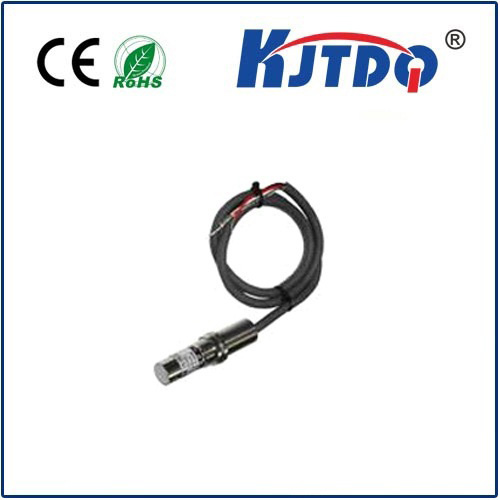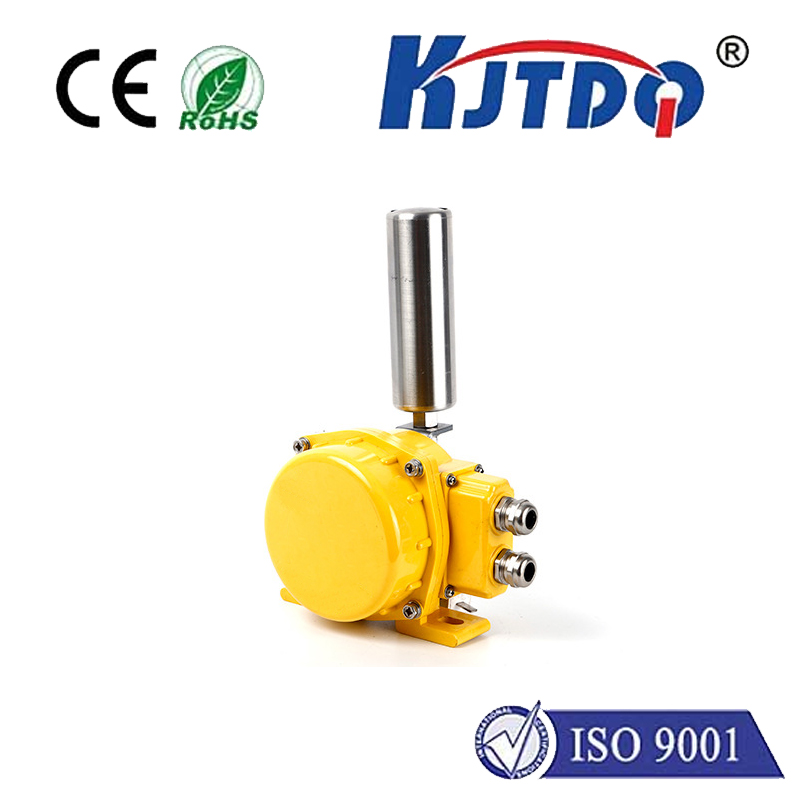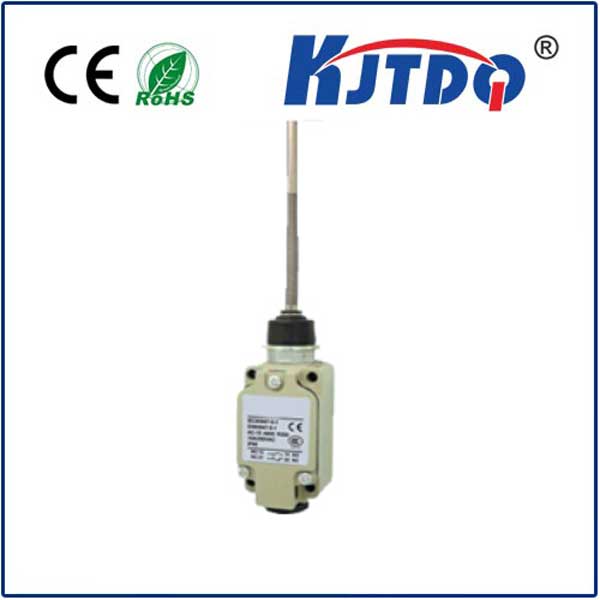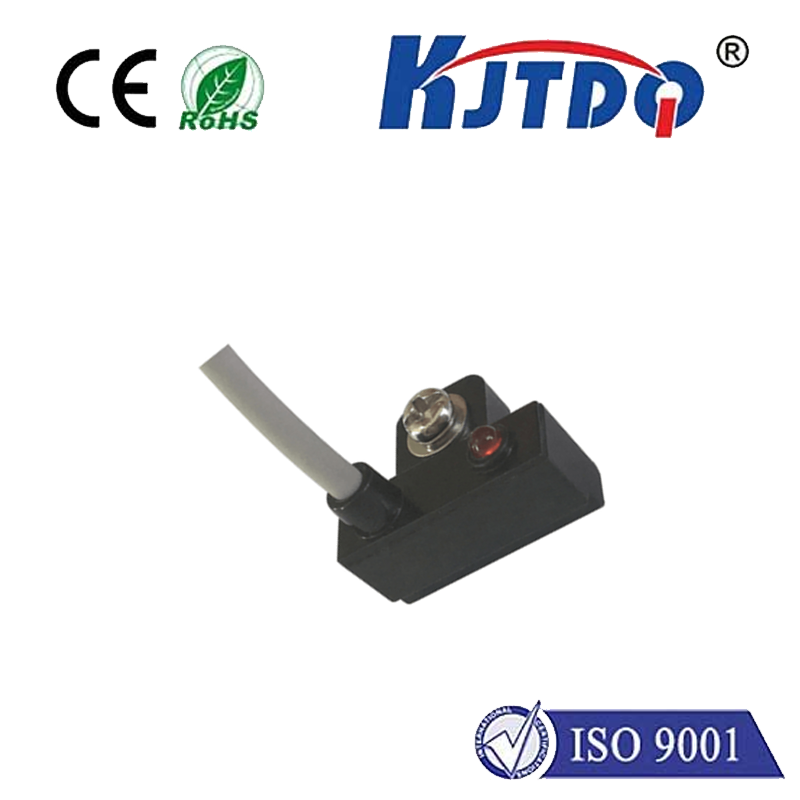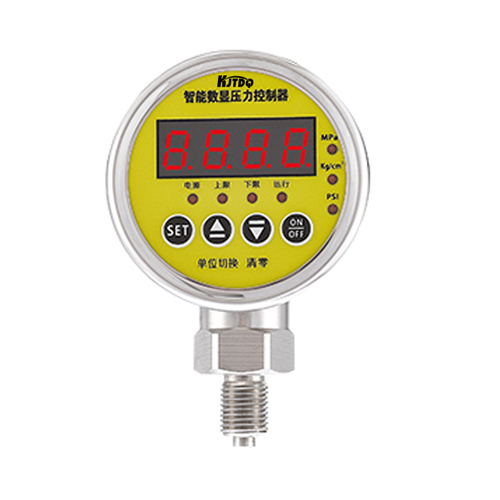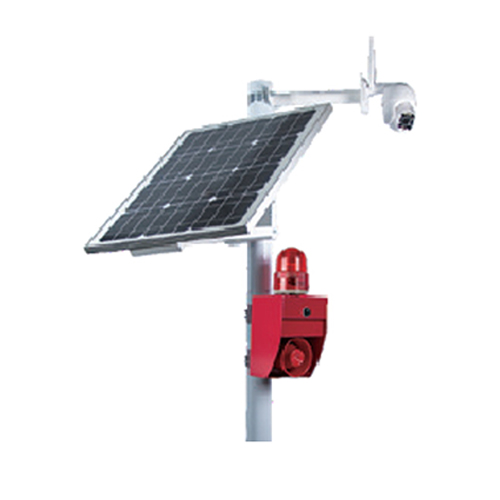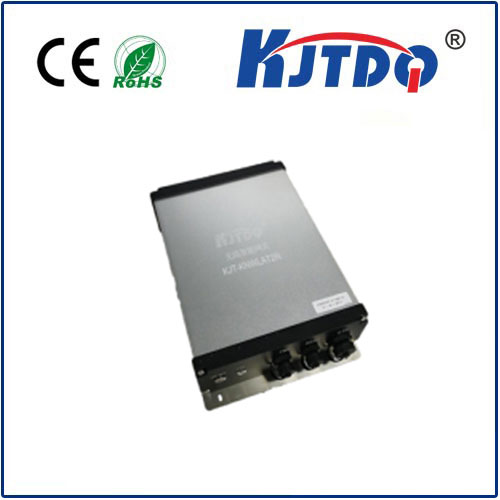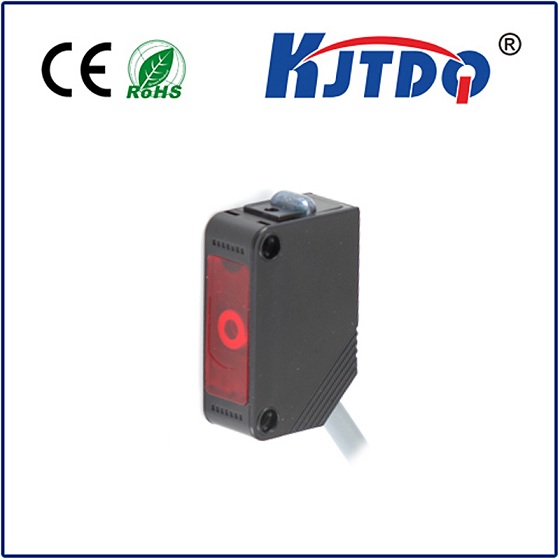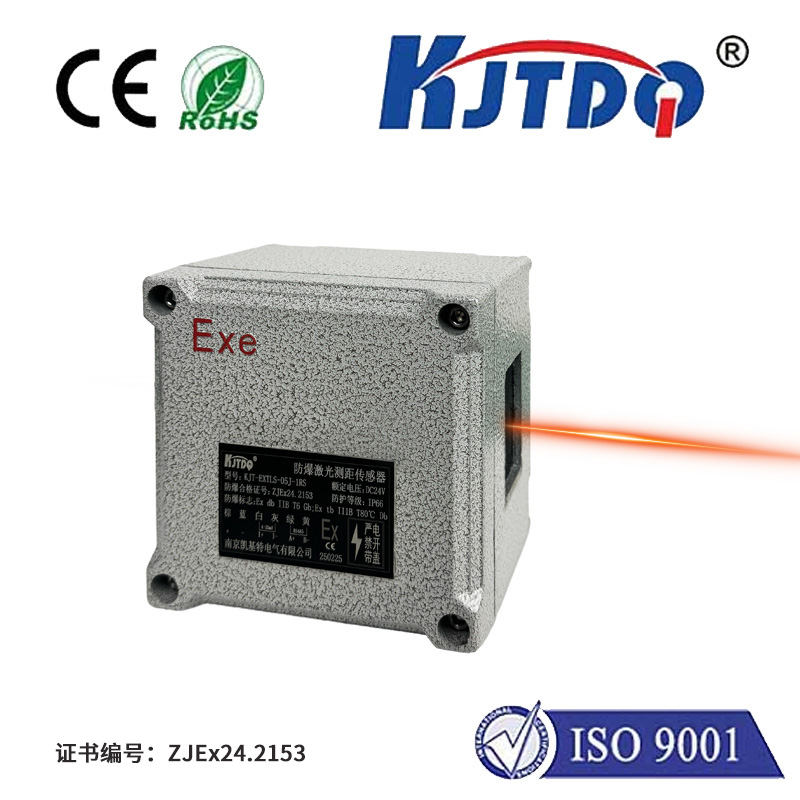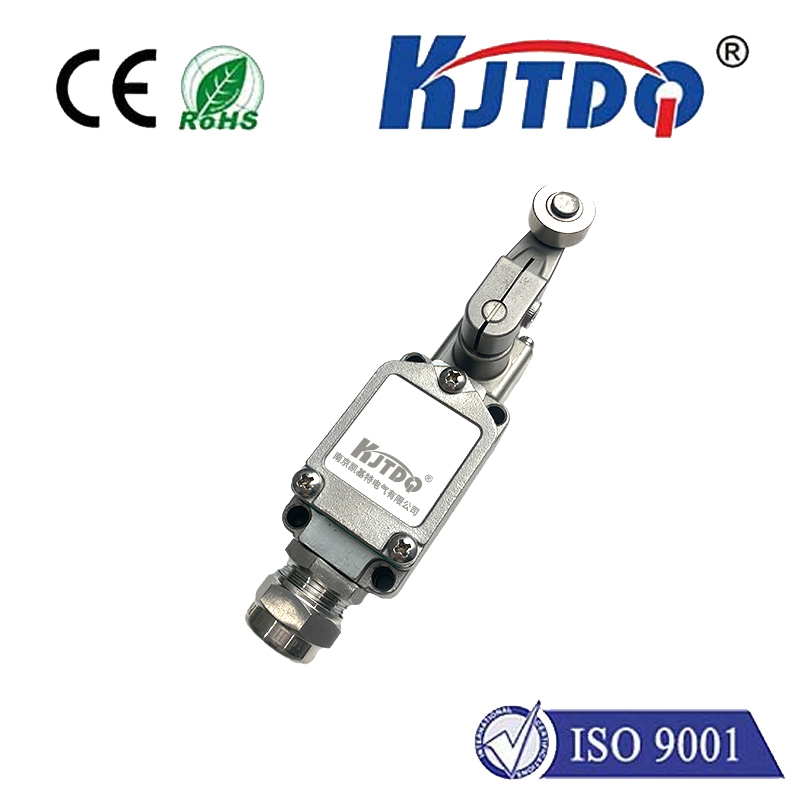m8 proximity sensor
- time:2025-06-12 20:43:50
- Click:0
Unlock Precision in Automation: The Essential Guide to M8 Proximity Sensors
When a bottling line halts due to failed object detection, losses compound at $10,000 per hour. When a robotic arm crashes because it missed a position cue, repairs cost thousands. Behind countless automated processes, from factory floors to intricate packaging systems, lies a critical component ensuring seamless, collision-free operation: the M8 proximity sensor. Often underestimated, this compact workhorse silently prevents chaos by detecting nearby objects without physical touch. Understanding its capabilities isn’t just technical knowledge – it’s a competitive advantage in efficiency and uptime.
Demystifying the Core: How M8 Proximity Sensors Work
At their heart, the vast majority of M8 proximity sensors operate on the principle of inductive sensing. This means they generate an oscillating electromagnetic field directly from their sensing face. When a metallic target – steel, iron, aluminum, brass, copper – enters this field, it causes detectable changes: eddy currents are induced in the target material, subtly dampening the sensor’s oscillation field strength. The sensor’s sophisticated internal circuitry continuously monitors this field strength. Once the damping effect reaches a specific threshold – meaning the target is within the predefined sensing distance – the sensor instantly triggers. This trigger typically flips the state of its solid-state electronic output switch (like turning on an NPN or PNP transistor), sending a clear digital signal presence or signal absence to the control system (PLC). This elegantly simple contactless detection mechanism is the key to their legendary robustness and long lifespan.
Why Choose an M8 Proximity Sensor? The Compelling Advantages

Their popularity isn’t accidental. The M8 proximity sensor offers a powerful blend of features, making them indispensable:
- Compact Size & Robust Build: The defining 8mm threaded barrel diameter allows installation in incredibly tight spaces where larger sensors simply won’t fit. Constructed typically with nickel-plated brass or stainless steel housings and epoxy-potted electronics, they are built to endure harsh industrial realities – vibration, dust, coolant splashes, and incidental impacts.
- Blazing Speed & High Reliability: Operating without moving parts means wear and tear is virtually eliminated. Detection and switching happen in microseconds. This inherent reliability translates directly to minimized downtime and predictable performance over thousands, even millions, of operating cycles.
- Non-Contact Operation: The absence of physical touch points eliminates mechanical stress on both the sensor and the target, ensuring unparalleled longevity and consistent performance. There’s no bounce or wear, unlike traditional limit switches.
- Exceptional Resistance to Contaminants: Industrial environments are dirty. M8 proximity sensors boast impressive Ingress Protection (IP) ratings, commonly IP67 and IP68. This means they are sealed against dust ingress and can withstand immersion in water, making them ideal for washdown areas, foundries, and outdoor applications exposed to rain. Their resilience against oil, grease, and many chemicals is a major operational asset.
Navigating the Options: Key Considerations for Selection
Selecting the right M8 proximity sensor involves more than just its physical size. Several critical factors dictate optimal performance:
- Sensing Distance: This defines how close the target needs to be to reliably trigger the sensor. Common sensing ranges for standard M8 inductive sensors are 2mm or 4mm. Always specify the nominal sensing distance (Sn) based on the target material and required application gap. Remember: actual sensing distance can be slightly less than nominal and varies with target material composition.
- Shielded (Flush) vs. Unshielded (Non-Flush):
- Shielded (Flush-mountable): These sensors have the coil shielded within their metal housing. This allows them to be flush mounted into metal. The crucial advantage is that surrounding metallic structures won’t interfere with their operation. However, their sensing distance is typically shorter (e.g., 2mm).
- Unshielded (Non-Flush): Featuring an exposed coil, these offer longer sensing distances (e.g., 4mm). However, they cannot be flush-mounted in metal; they require significant clearance (approximately 1x to 3x the nominal sensing distance) from surrounding metal to prevent false triggering. They are optimal for non-metallic mounting locations.
- Output Configuration: This determines how the sensor interfaces with your control system:
- NPN (Sinking Output): Switches the negative (0V) line to the load. The load must be connected to positive voltage (+V).
- PNP (Sourcing Output): Switches the positive (+V) line to the load. The load must be connected to 0V. Matching the sensor output type to your PLC or controller input type is absolutely essential.
- NO (Normally Open) / NC (Normally Closed): Defines the switch state when no target is present (NO = open circuit, NC = closed circuit). Choose based on the fail-safe logic required for your application.
- Electrical Ratings: Ensure compatibility with your system voltage (Commonly 10-30V DC). Pay attention to current rating – the sensor must be able to safely handle the load current drawn by the device it’s controlling (e.g., PLC input), typically in the range of 100-300mA.
- Connection Type: M8 sensors commonly feature either an integrated fixed cable (M8x1 connector) or a standard M8 quick-disconnect plug (3-pin or 4-pin configurations). The plug style offers easier replacement. Also, verify the cable jacketing material suits your environment (PVC, PUR).
M8 Proximity Sensors in Action: Where Precision Detection Matters Most
Their compact yet powerful nature makes M8 proximity sensors ubiquitous across diverse sectors:
- Factory Automation & Robotics: Detecting the presence/absence of parts on conveyors, verifying cylinder rod positions (end-of-stroke), checking tool changer positions, confirming workpiece clamping. Essential for robotic end-effector positioning and assembly verification.
- Packaging Machinery: Counting bottles/cans on lines, verifying cap placement, confirming case or carton presence before sealing, monitoring fill levels indirectly through component position, ensuring label applicators are loaded.
- Material Handling: Monitoring pallet position on automated guided vehicles (AGVs), detecting rollers or chains in motion (speed monitoring), confirming bin or tote presence at picking stations, sensing door open/closed status on equipment.
- Food & Beverage Processing: Withstanding washdown cycles thanks to high IP ratings, detecting metal containers, monitoring valve positions, confirming ingredient hopper levels indirectly, ensuring safety guards are correctly closed.
- Automotive Manufacturing: Precise detection of components on high-speed assembly lines, verifying fixture locations, robot guidance and confirmation points, engine part position sensing throughout machining and assembly processes.
Installation Best Practices: Ensuring Peak Performance
To maximize the reliability and longevity of your M8 proximity sensor, follow these key guidelines:
- Mounting: Ensure the sensor is securely fastened. Fl






